unpopular
Been spending a lot of time on here!
I commend you in learning manual mode, and I cannot stress enough what a bad idea it is to start out on auto mode, semi-auto or otherwise. Learning manual mode is by far the best way to learn what exposure *actually is*, and in the long run will help you better utilize auto mode as well.
There are a few misconceptions about exposure that are pretty common. The most important is what a light meter does. A meter does not measure light, at least not intrinsically. What a meter does is compares a test subject to a known condition. When your camera's meter was being designed and calibrated they took a known standard and said that "this is what zero means". Zero on a meter does NOT mean "proper exposure". It means "this electrical signal matches the one at the lab where I was calibrated". It means you're letting the same amount of light in as the calibration target the meter was designed for - which is *completely arbitrary*.
Camera reflective meters are calibrated to 18% or 12% reflectance. So for every 100 photons that bounces off their calibration card, ideally 18 will bounce off. The human eye sees this as a sort of "middle grey" value. Not withstanding fancypants matrix meter modes, when you point you meter at a white wall and zero the exposure you get an under exposed image. The wall is rendered as if only 18 out of 100 photons are being reflected. If you point your camera at an interesting texture in the asphalt, again, it comes out too light. To overcome this, you need to bias the exposure accordingly. So for a darker subject, you'd need less exposure than for a brighter subject, you'd need to set the meter at -1 or -2. Likewise for brighter subjects you need to increase exposure, you'd need to set the meter to a higher EV. You do this using exposure/meter bias (look in your manual).
Despite what cliches you've heard, photography is NOT about recording light. It is about the *interaction* between light and materials. It's very important to get these cliches out of your head when thinking about exposure. Getting a good exposure is not so much about the quantity or quality of the source, but rather about the material quality of the *subject*.
I'd suggest that before you go about using average or matrix metering, really understand how your meter is reading the scene by using spot first. You may like spot metering (I do) or it might not really work well for you. But I think if you can use spot metering you'll have a better understanding of other modes as well since you have direct feedback as to how the area which you metered will look at a given exposure.
And by all means, read a basic overview of the zone system. It applies more now than it did with color film photography (though the application is reverse).
There are a few misconceptions about exposure that are pretty common. The most important is what a light meter does. A meter does not measure light, at least not intrinsically. What a meter does is compares a test subject to a known condition. When your camera's meter was being designed and calibrated they took a known standard and said that "this is what zero means". Zero on a meter does NOT mean "proper exposure". It means "this electrical signal matches the one at the lab where I was calibrated". It means you're letting the same amount of light in as the calibration target the meter was designed for - which is *completely arbitrary*.
Camera reflective meters are calibrated to 18% or 12% reflectance. So for every 100 photons that bounces off their calibration card, ideally 18 will bounce off. The human eye sees this as a sort of "middle grey" value. Not withstanding fancypants matrix meter modes, when you point you meter at a white wall and zero the exposure you get an under exposed image. The wall is rendered as if only 18 out of 100 photons are being reflected. If you point your camera at an interesting texture in the asphalt, again, it comes out too light. To overcome this, you need to bias the exposure accordingly. So for a darker subject, you'd need less exposure than for a brighter subject, you'd need to set the meter at -1 or -2. Likewise for brighter subjects you need to increase exposure, you'd need to set the meter to a higher EV. You do this using exposure/meter bias (look in your manual).
Despite what cliches you've heard, photography is NOT about recording light. It is about the *interaction* between light and materials. It's very important to get these cliches out of your head when thinking about exposure. Getting a good exposure is not so much about the quantity or quality of the source, but rather about the material quality of the *subject*.
I'd suggest that before you go about using average or matrix metering, really understand how your meter is reading the scene by using spot first. You may like spot metering (I do) or it might not really work well for you. But I think if you can use spot metering you'll have a better understanding of other modes as well since you have direct feedback as to how the area which you metered will look at a given exposure.
And by all means, read a basic overview of the zone system. It applies more now than it did with color film photography (though the application is reverse).
Last edited:


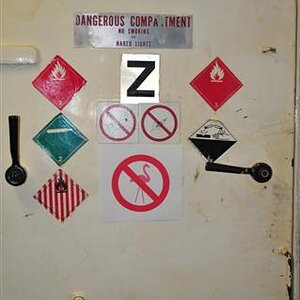
![[No title]](/data/xfmg/thumbnail/32/32717-74f4cee577117aa4476c9eb68fec51c7.jpg?1619735622)
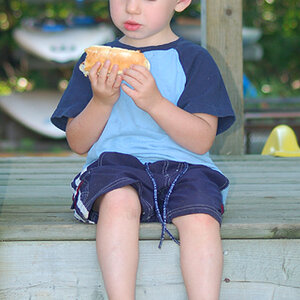
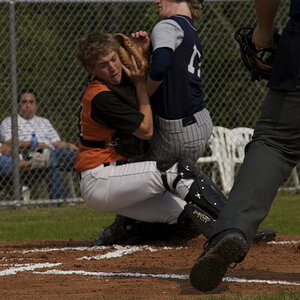
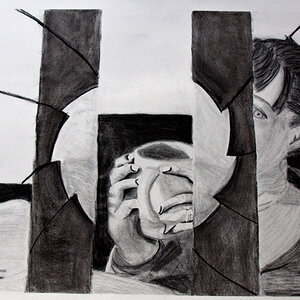
![[No title]](/data/xfmg/thumbnail/37/37123-508270c4d14bcf3f293bd90dfd8ba6b4.jpg?1619737883)
![[No title]](/data/xfmg/thumbnail/37/37127-bf1c0cde30f216dbd2804a0e700d6433.jpg?1619737884)
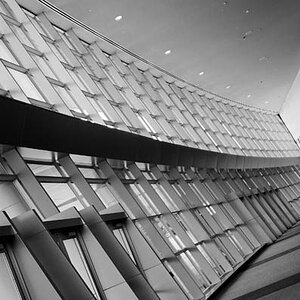
![[No title]](/data/xfmg/thumbnail/32/32634-5acd0e44e1d927b93e8723d9184555d9.jpg?1619735554)
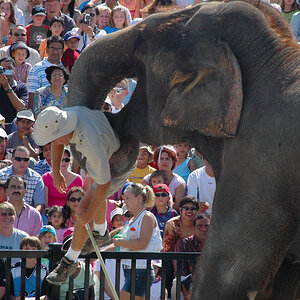
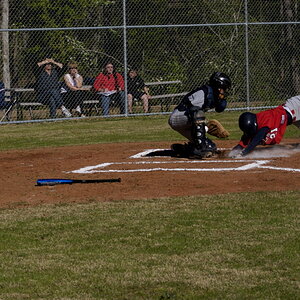
![[No title]](/data/xfmg/thumbnail/41/41800-9fad93555f178073cae2f303c5ef4e23.jpg?1619739897)